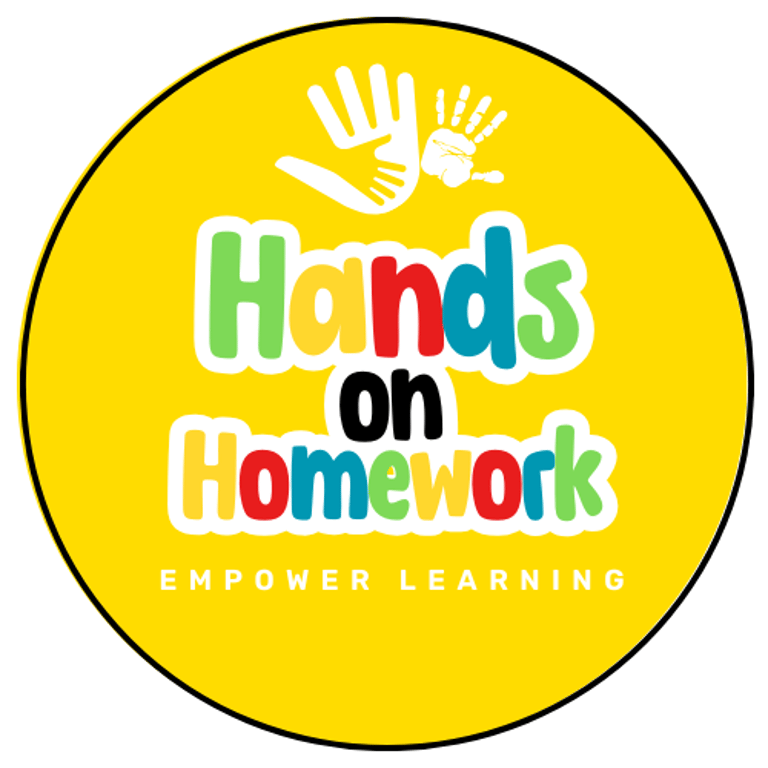Collaborate for your child
SET YOUR CHILD UP FOR SUCCESS
12/8/20242 min read


Partnering for Positive Behavior
Establishing a cooperative relationship with your child’s teacher is crucial, especially when your child is experiencing behavioral challenges in the classroom. By working together, parents and teachers can create an effective home/classroom behavior plan that fosters better behavior and academic success for your child. In this blog post, we will explore how to create such a plan while ensuring that both parents and teachers are actively involved in the process.
Check out "Building a Parent/Teacher connection
Defining Expected Behaviors
The first step in creating a successful behavior plan is defining specific behaviors that you expect from your child. These expectations should be clear, measurable, and achievable. For instance, you might want your child to raise their hand before speaking, complete assignments on time, or stay seated during lessons. It is essential to communicate these expectations to both your child and their teacher so everyone is on the same page. Consider discussing with your child the reasons why these behaviors are necessary and how they positively impact their learning environment.
Implementing Positive Support Strategies
Positive support is vital for encouraging good behavior in your child. As part of the behavior plan, outline the methods by which you and your child’s teacher will recognize and reward appropriate behaviors. This could include verbal praise, earning stickers or points that lead to small rewards, or providing extra playtime. Creating a reward system helps reinforce positive behavior and motivates your child to strive for continuous improvement. As parents, it's important to consistently celebrate these positive changes, as it bolsters your child’s confidence and reinforces their growth.
Corrective Actions for Inappropriate Behavior
While positive support is essential, it’s equally important to have corrective actions in place for inappropriate behaviors. Discuss with the teacher the strategies that will be implemented when your child exhibits negative behavior, such as disrupting class or failing to complete work. For instance, corrective actions might include brief time-outs, discussions about behavior with the teacher, or having your child reflect on what alternative actions they could take in the future. Ensure that these actions are known to your child and that they understand the expectations and consequences associated with their behaviors.
Maintaining Open Communication
A successful home/classroom behavior plan relies heavily on open communication. Schedule regular meetings with your child’s teacher to discuss progress and any adjustments that need to be made to the plan. Encourage your child to express their thoughts and feelings about the behaviors they are working on, fostering a sense of ownership in their own growth. By maintaining a strong partnership with the teacher, you can ensure that everyone involved is committed to your child’s success.
Conclusion
In conclusion, building a positive relationship with your child’s teacher can significantly influence your child’s behavior and overall academic performance. By establishing a clear behavior plan that outlines expected behaviors, positive support strategies, and corrective actions, you can create an environment that encourages your child to thrive. Remember, collaboration and communication are key to ensuring your child feels supported both at home and in school. With a collective effort, you can guide your child towards improved behavior and a more fulfilling educational experience.
